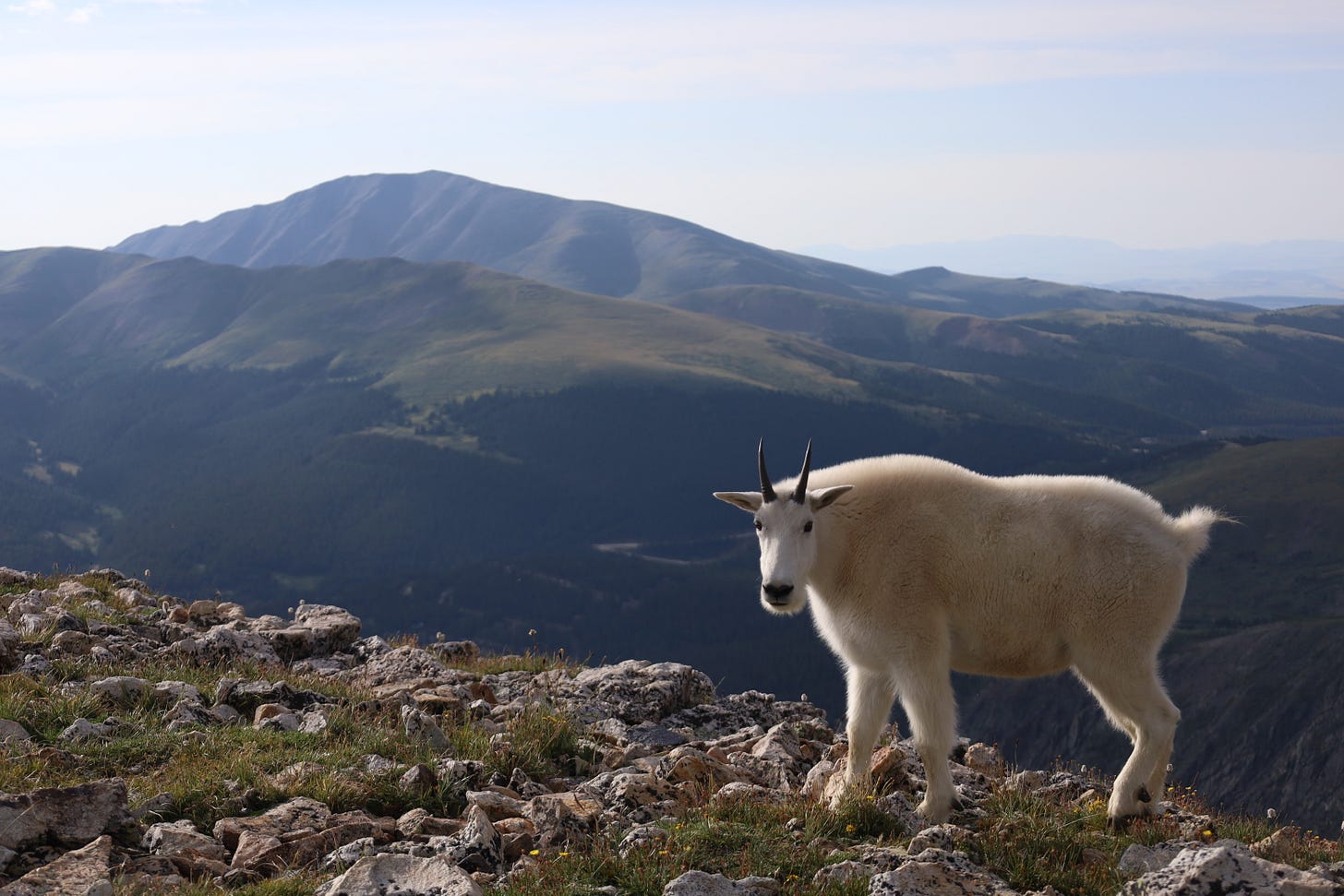New Plan to Bring Upgrades, Overhaul to Popular Outdoor Recreation Area
The US Forest Service wants you to weigh in on the new Southern Tenmile Range Access Plan (STRAP), and you absolutely SHOULD if you value access to the outdoors
For the next few weeks, The US Forest Service is accepting public comment on a new proposal that will govern the future of recreation in the White River National Forest. These include some serious quality of life upgrades including trailhead restrooms, increased parking spaces, and connector trails.
The plan also includes an enormous and unnecessary expa…
Keep reading with a 7-day free trial
Subscribe to Quandary Magazine to keep reading this post and get 7 days of free access to the full post archives.



